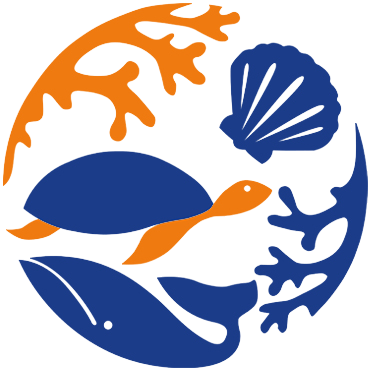Clangula hyemalis (Linnaeus, 1758)
Long-tailed duck
Upload your photos
Google image |
No photo available for this species.No drawings available for Anatidae.
Google image |
No photo available for this species.
Classification / Names Common names | Synonyms | CoL | ITIS | WoRMS
Aves | Anseriformes | Anatidae
Environment: milieu / climate zone / depth range / distribution range Ecology
Others; freshwater; depth range 0 - 60 m (Ref. 83519), usually 0 - 3 m (Ref. 115862). Temperate; 84°N - 35°N, 180°W - 180°E (Ref. 124582)
Distribution Countries | FAO areas | Ecosystems | Occurrences | Introductions
Pacific Ocean and Northern Atlantic and the Arctic: Alaska, Canada, Russia and USA.
Length at first maturity / Size / Weight / Age
Maturity: Lm ? range ? - ? cm Max length : 51.0 cm TL male/unsexed; (Ref. 94965); max. published weight: 648.50 g (Ref. 356)
Short description Morphology
Culmen: 2.65 cm; tarsus: 3.495 cm; wing: 22.0 cm.
Maximum common depth based on occurrence (Ref. 115862). To be replaced with a better reference. Primarily lives in coastal marine waters approximately 9 months in a year. During breeding season, it frequents shallow wetlands towards the edge of the boreal forest; while non-breeding birds use deeper ponds, lakes and nearshore marine areas. Winter along the Pacific coast from the Bering Sea to as far as California; and some from Alaska may reach the northern Bering Sea across to Russia Foraging behavior involves diving and swimming underwater up to a depth of less than 9 meters. This duck has been recorded to dive up to 60 meters (Ref. 83519). Common diving depth is 2-3 m (9-10 ft) (Ref. 115862).
Life cycle and mating behavior Maturity | Reproduction | Spawning | Eggs | Fecundity | Larvae
Main reference
References | Coordinator | Collaborators
Sea Duck Joint Venture. 2003. (Ref. 83519)
IUCN Red List Status
(Ref. 130435: Version 2024-2)
Vulnerable (VU) (A4bce); Date assessed: 07 August 2018
CITES status (Ref. 108899)
Not Evaluated
CMS (Ref. 116361)
Appendix II: Migratory species conserved through agreements
Threat to humans
Human uses
| FishSource |
Tools
More information
Trophic Ecology
Ecology
Population dynamics
Growth
Max. ages / sizes
Length-weight rel.
Length-length rel.
Length-frequencies
Mass conversion
Recruitment
Abundance
Max. ages / sizes
Length-weight rel.
Length-length rel.
Length-frequencies
Mass conversion
Recruitment
Abundance
Life cycle
Reproduction
Maturity
Fecundity
Spawning
Eggs
Egg development
Larvae
Larval dynamics
Maturity
Fecundity
Spawning
Eggs
Egg development
Larvae
Larval dynamics
Distribution
Human Related
Aquaculture profiles
Stamps, coins, misc.
Stamps, coins, misc.
Outreach
References
Internet sources
BHL | BOLD Systems | CISTI | DiscoverLife | FAO(Publication : search) | Fishipedia | GenBank (genome, nucleotide) | GloBI | Gomexsi | Google Books | Google Scholar | Google | PubMed | Tree of Life | Wikipedia (Go, Search) | Zoological Record
Estimates based on models
Preferred temperature
(Ref. 115969): 0.4 - 14, mean 6 (based on 3047 cells).
Price category
(Ref. 80766):
Unknown.


